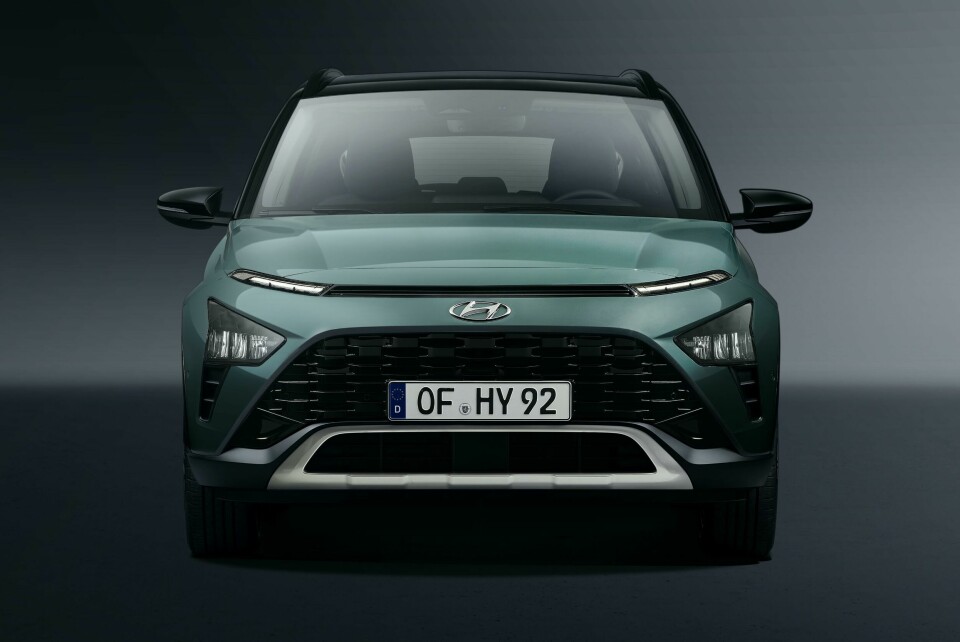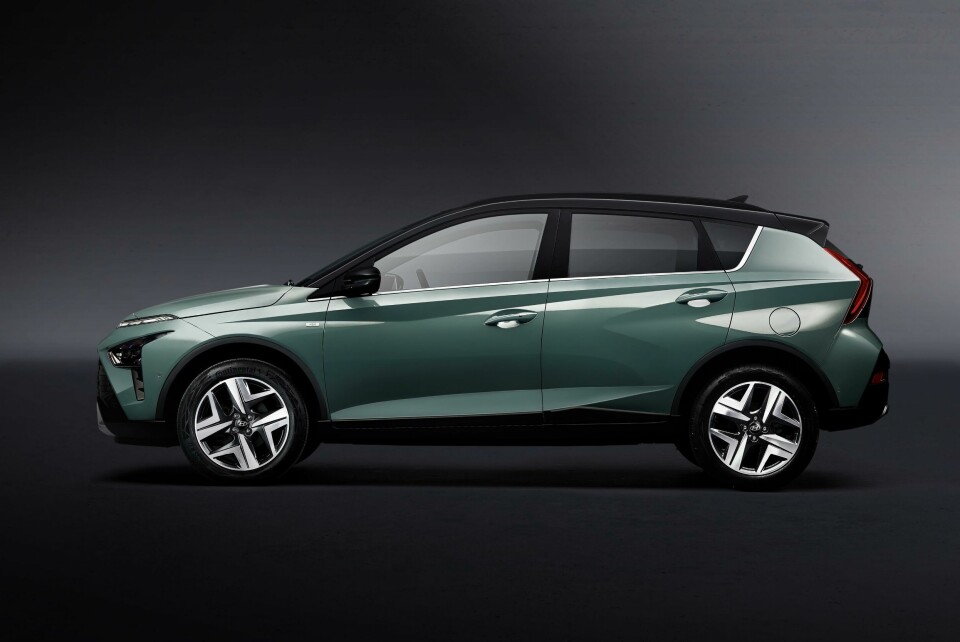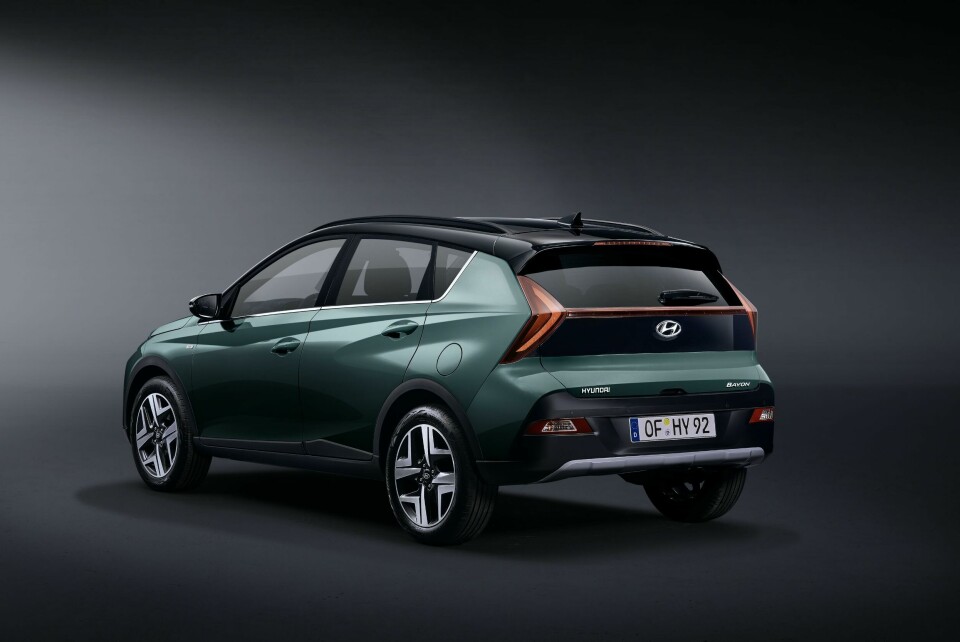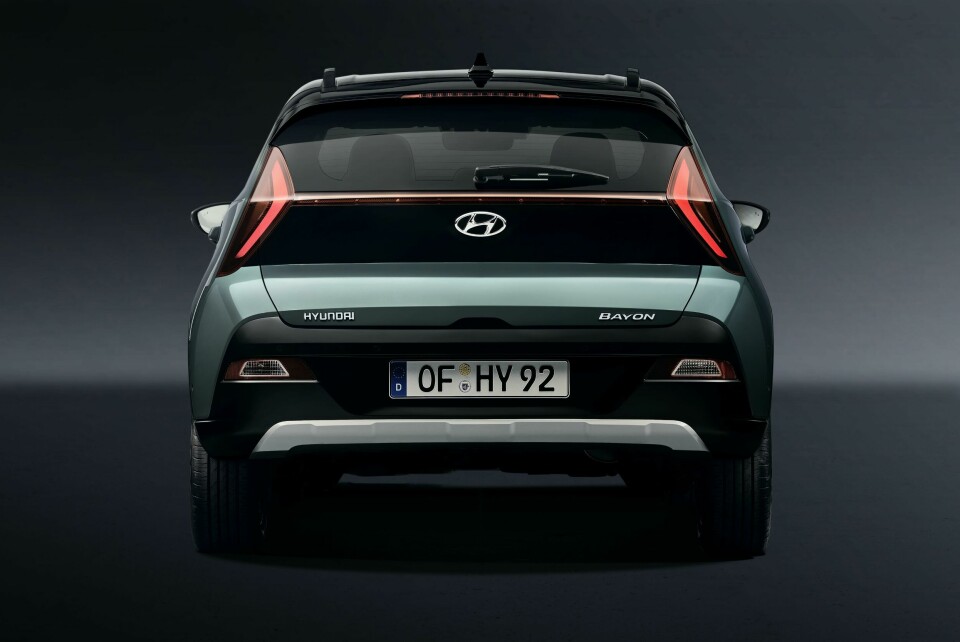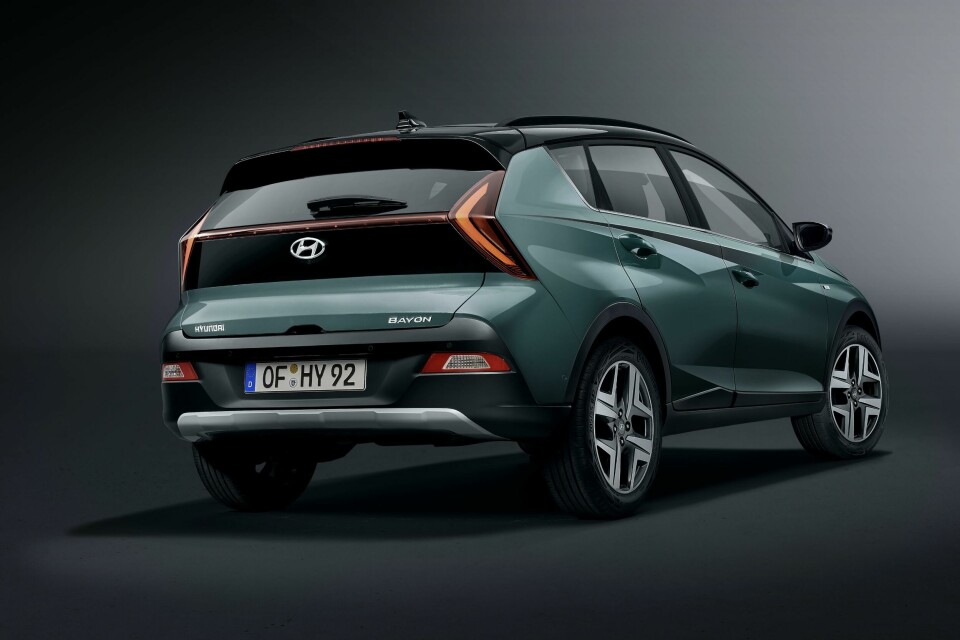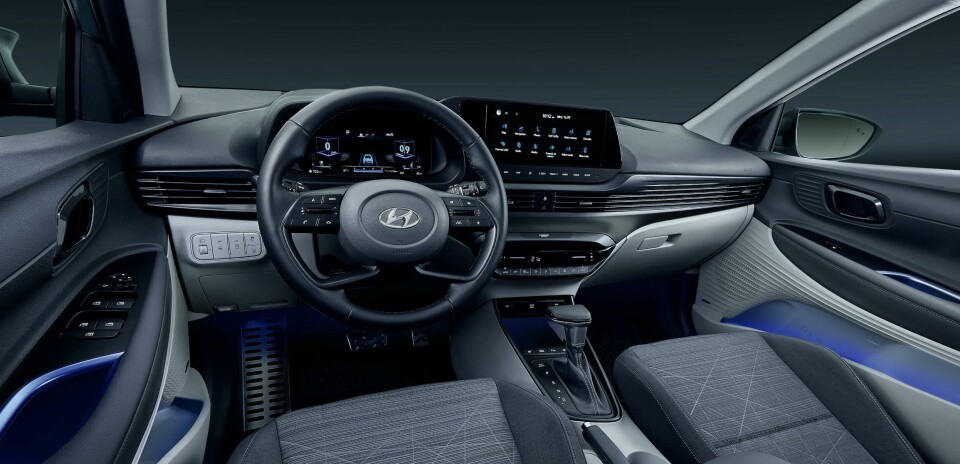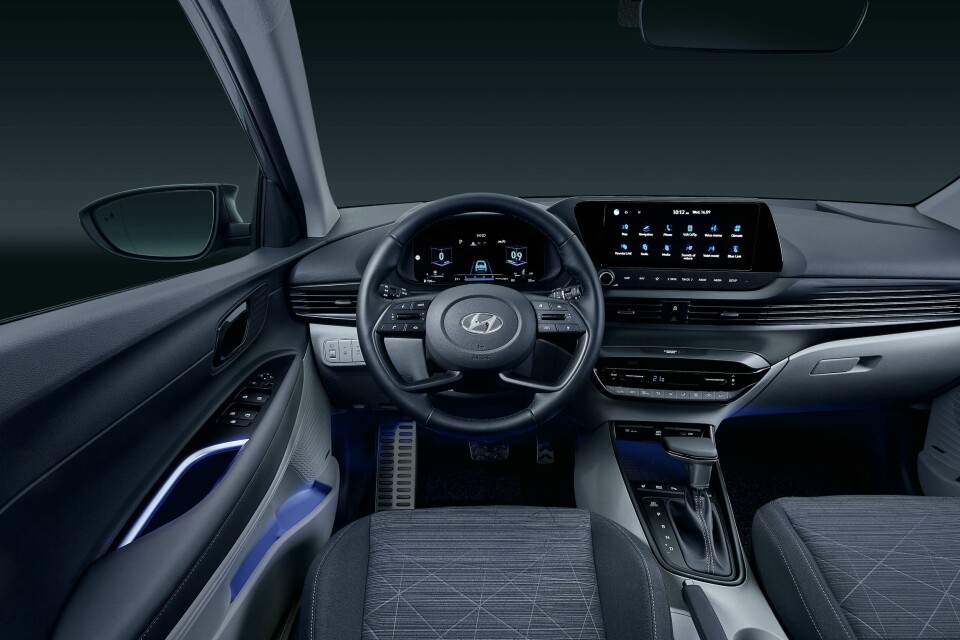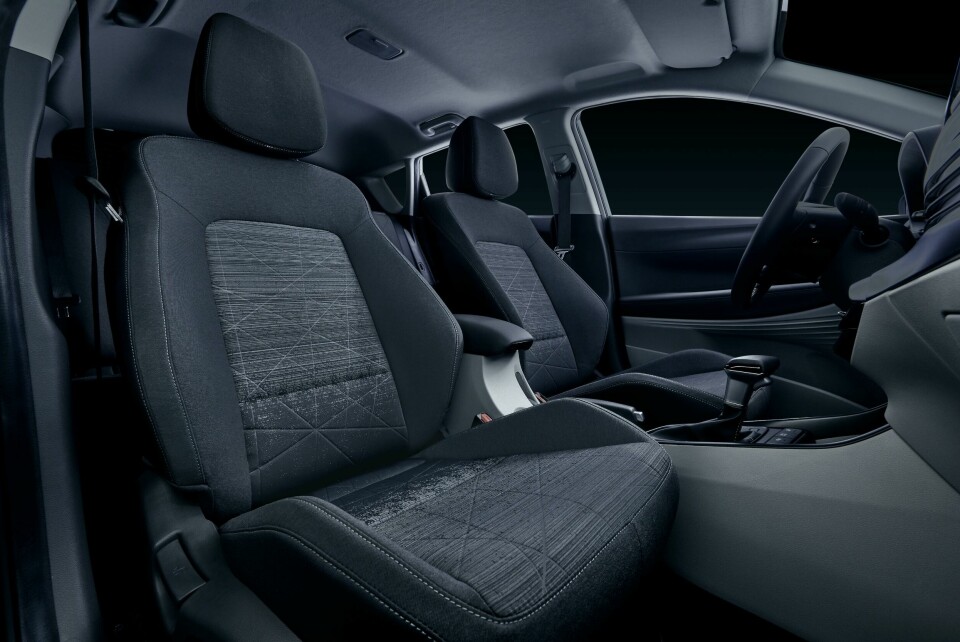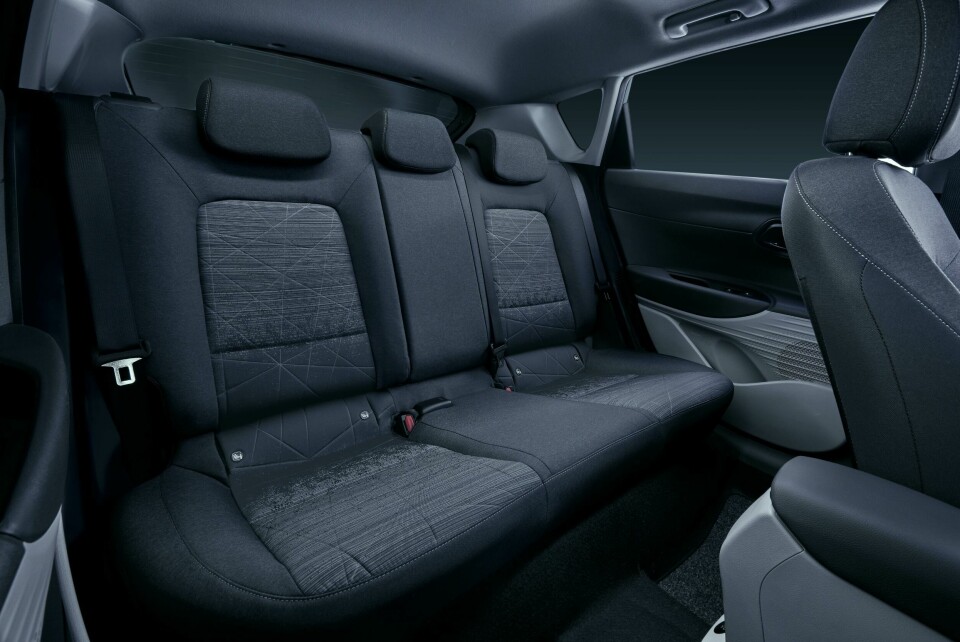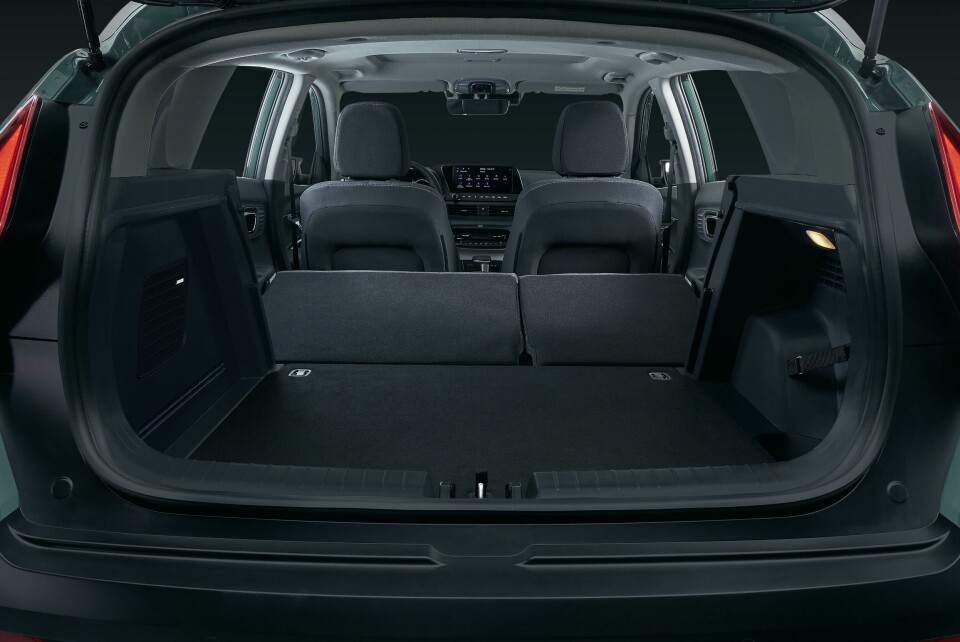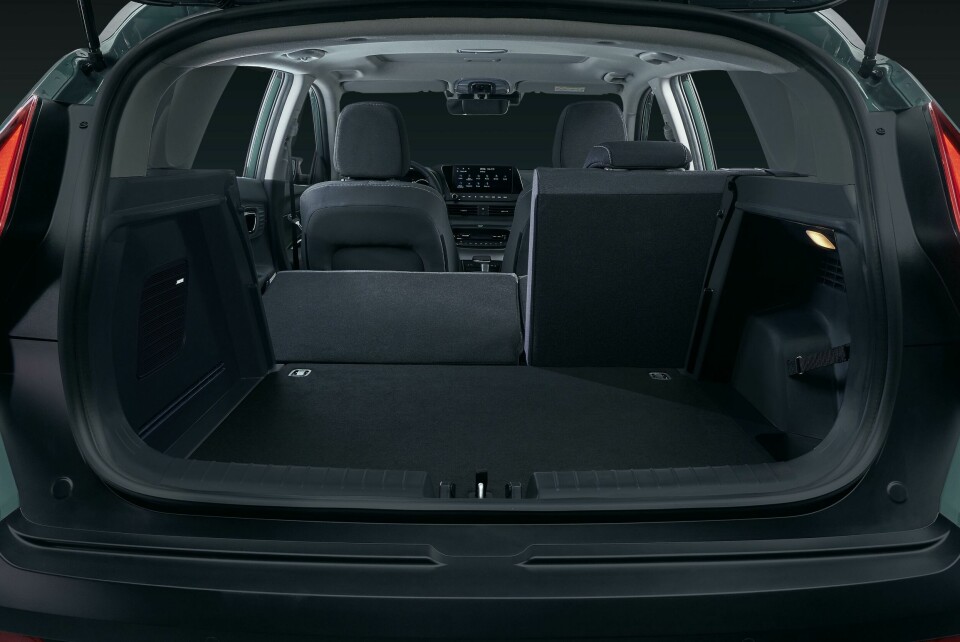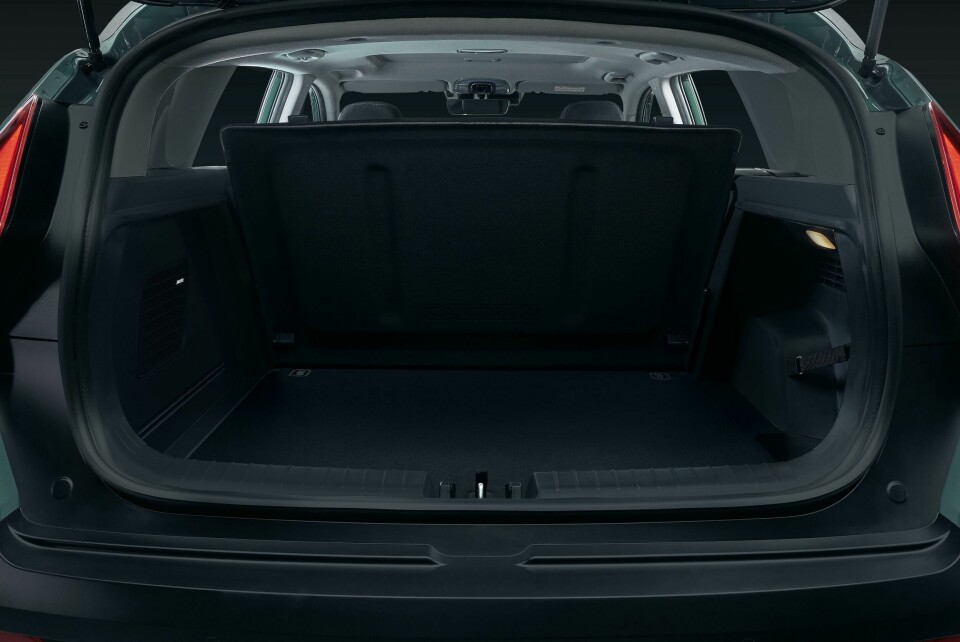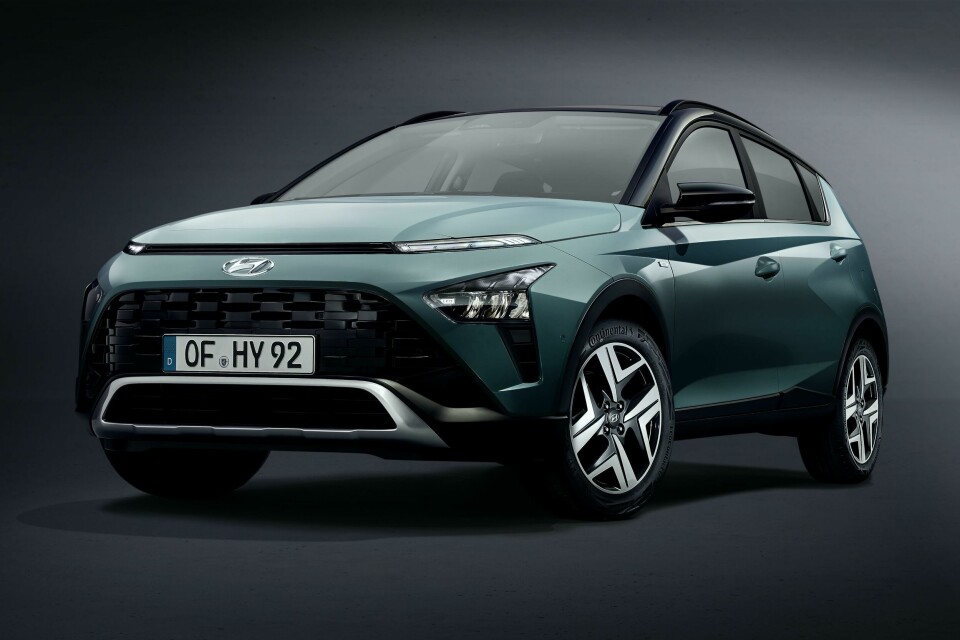
Hyundai launches entry-level SUV: Bayon
The industrious team at Hyundai is on a roll as the OEM continues its expansion into the SUV segment with the entry-level Bayon
The design teams at Hyundai have been nothing if not busy. Following hot on the heels of the Ioniq 5 EV is the Bayon – an entry level vehicle to add to the OEM’s growing SUV offering, marking the seventh new or enhanced model in the last year.
Designed for the European market, Hyundai promises a decent amount of interior space housed in a compact frame that can negotiate windy cityscapes, the Bayon continues a design language established by the much larger Tucson. In real terms, that means strong geometric folds in the bodywork to create a strong identity.
“With its sharp look and integration of Hyundai’s SUV key design elements, Bayon solidifies Hyundai’s SUV design direction,” says Luc Donckerwolke, chief creative officer at Hyundai Motor Group. “Bayon’s strong lines and arrow-shaped lights, is expected to establish it as the most unique, outstanding entry in the thriving European B-segment SUV segment.” Get past the boosterist language and it is clear that we can expect similar forms and motifs on future models.
The front is all about establishing a solid stance, courtesy of a wide grille, three-part main lights and horizontal air intake bands. In profile, the roofline tapes down to create a wedge-shape with an arrow-like C-pillar sparking visual interest. Angular lines above the rear wheel arch complement the effect. Similarly, arrow-shaped lights underline the pillar – pushed to the extremities they serve once again to add girth to the overall impression while providing visual continuity.
The inside looks bright and roomy with an emphasis on passenger and boot space. The defining feature is a 10.25-inch digital cluster and the mood is set by ambient LED technology integrated into front passenger foot areas, door wells, and front door pull handle areas and the storage space below the centre console. The interiors team has played it safe, sticking to neutral colours and subtle accents: greys and blacks. Safari green is as adventurous it gets. Power comes from a mixture of hybrids and petrol engines with the onus on efficiency rather than outright performance.
“As the SUV body type continues growing in popularity throughout the world, Hyundai saw a demand for a model capable of navigating European cities while at the same time providing enough space to meet customers’ needs,” says Andreas-Christoph Hofmann, vice president of marketing and product at Hyundai motor europe. “Class-leading connectivity and safety features, a sharp and distinctive design, and the integration of Hyundai’s signature 48-volt mild hybrid technology make Bayon stand out in its segment.”
In stark contrast, the newly revealed Hyundai Ioniq 5 was part of the discussion during CDN’s most recent end-of-month podcast.
